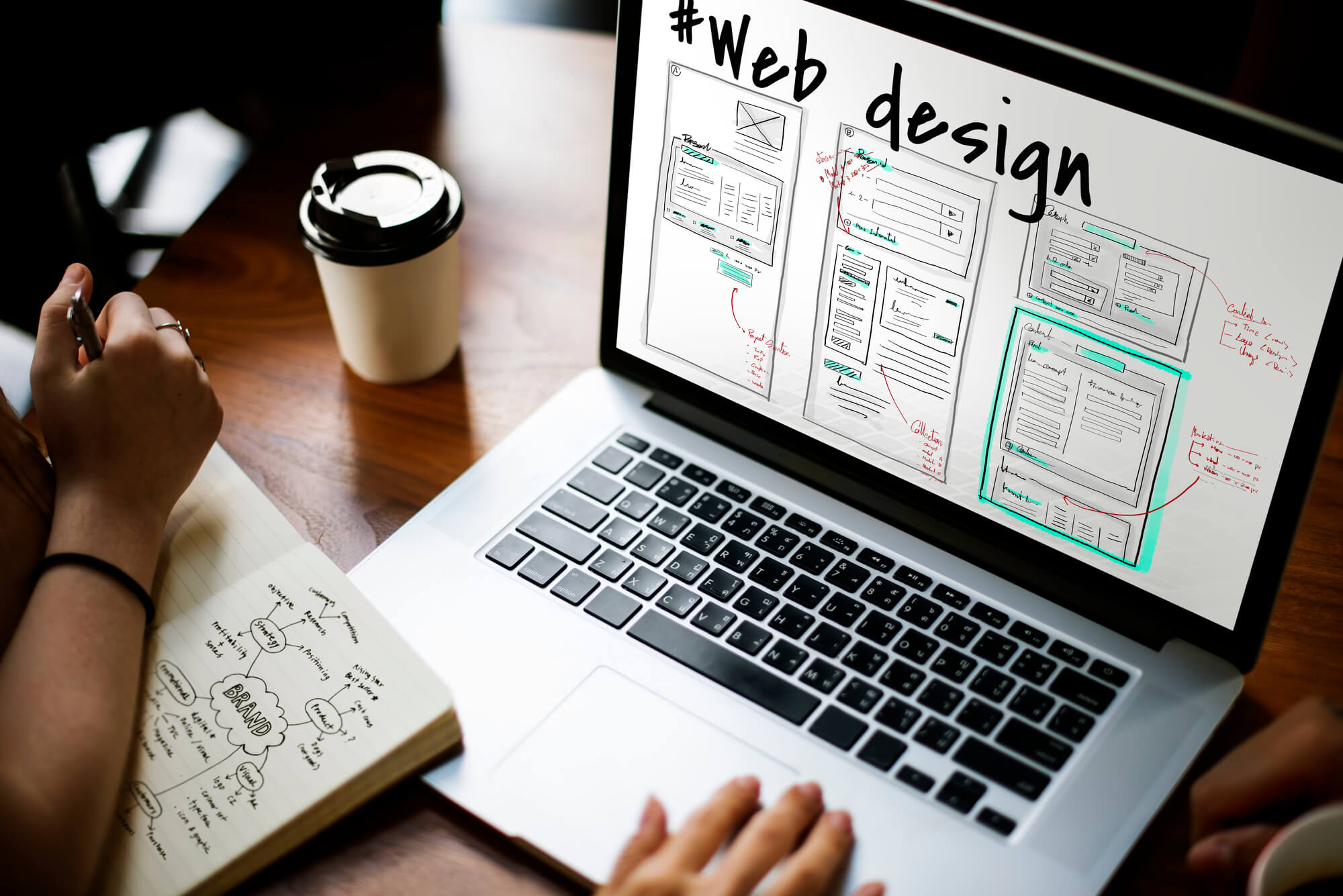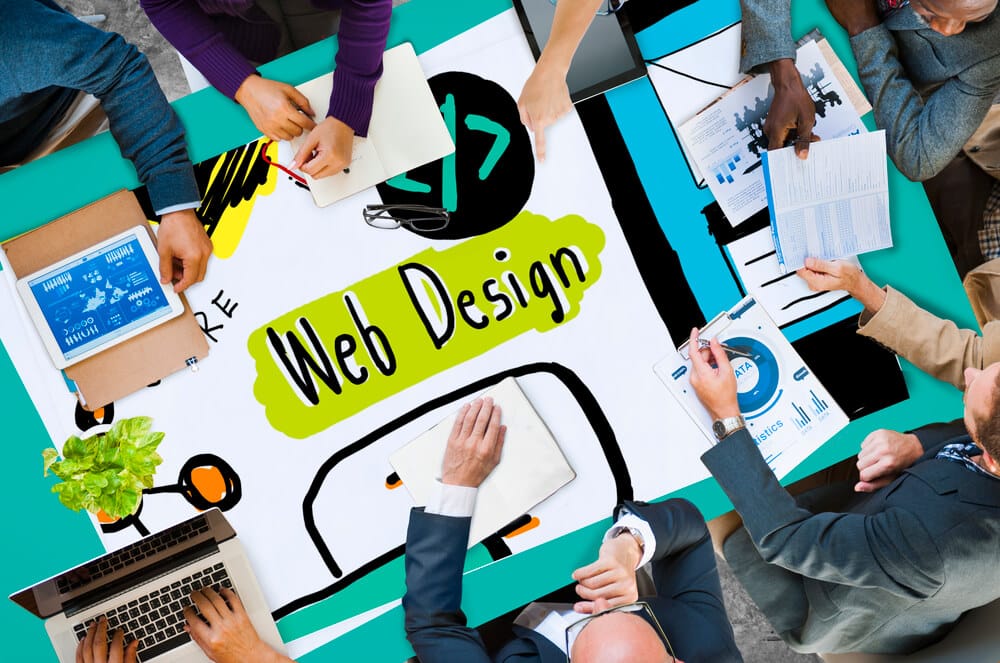Exploring the cost versus value of professional web design services is crucial for businesses aiming to establish a robust online presence. Understanding the investment required and the returns it can yield is a significant decision-making factor.
This post explores the impact of quality web design on the user experience, brand perception, and conversion rates.
By analyzing these elements, businesses can make informed choices that align with their goals and budget constraints. Stay tuned for valuable insights into maximizing the benefits of professional web design services.
Contact Texas Web Design today for a consultation! Our team of experienced designers will work with you to create a website that is not only visually appealing but also drives results.
Evaluating Web Design Service Value
Project Scope

Complex projects requiring custom designs and advanced functionalities tend to have a higher value, reflecting the expertise and effort involved.
Client Collaboration
Effective collaboration between the client and the design service impacts the value of the final product. Clear communication and feedback ensure that the website meets the client’s expectations.
When clients actively participate in the design process, providing detailed requirements and timely feedback, it enhances the overall value of the service.
Timeline Efficiency
The efficiency of completing a project also influences its perceived value. Timely delivery of a high-quality website within the agreed-upon timeframe adds significant value to web design services.
Rushing through a project may compromise quality, while delays can diminish the overall value for both parties involved.
Understanding Web Design Cost Factors
Key Factors
Factors influencing the overall cost of professional web design services are crucial to understand. Several key elements determine the total cost clients might incur.
Professional web designers consider complexity to be a significant factor impacting costs. Websites with intricate features and functionalities require more time and effort, thus increasing expenses.
Time Investment
The time investment needed for a project directly correlates with its cost. Extensive projects demanding detailed customization or unique designs often result in higher overall costs.
Clients opting for additional services such as SEO optimization, e-commerce integration, or ongoing maintenance should expect an increase in the total cost of web design services.
Customization Level
The level of customization desired by clients significantly influences the overall cost. Tailored designs, specific branding requirements, and personalized features contribute to a higher price tag.
- Pros:
- Tailored solutions meet unique business needs.
- Customized designs can enhance brand identity effectively.
- Cons:
- Increased customization may lead to higher costs.
- Extensive personalization can prolong project timelines.
Pricing Models for Web Design
Types of Pricing Models
When it comes to pricing models in web design, there are various approaches that professionals use. The most common ones include flat rate, hourly, and project-based pricing. Each model has its advantages and disadvantages.
- Flat rate: This model involves charging a fixed price for the entire project, regardless of the time spent. It provides clarity on costs upfront but may not be ideal for complex projects with changing requirements.
- Hourly: With this model, clients are billed based on the number of hours worked. It offers flexibility but can lead to uncertainty about the final cost.
- Project-based: In this model, the total cost is determined by the scope of the project. It provides a clear outline of deliverables and costs but may require adjustments for additional features.
Factors Influencing Pricing
Several factors influence web design pricing, including the complexity of the project, e-commerce functionality, customizations required, and marketing integrations. Professionals also consider conversion rates, target market, and desired sales outcomes when determining pricing schemes.
Custom Web Design Packages
Web designers often offer custom packages tailored to specific needs. These packages may include different levels of service, such as basic website development, advanced e-commerce solutions, or long-term projects with ongoing support.
Industry Standards for Web Design
Skill Requirements

Average Cost
The average cost of professional web design services varies based on the degree of customization and complexity required. Clients can expect to pay between $3,000 and $30,000 for a quality website.
Content Management Systems (CMS)
Knowledge of different CMS platforms is essential for web designers to build websites efficiently. Understanding how to work with popular CMS like WordPress or Shopify is crucial.
Assessing Web Design Service Benefits
User Experience
User experience is a crucial aspect of professional web design services. It focuses on creating websites that are easy to navigate, visually appealing, and user-friendly. Enhancing user experience can lead to higher engagement and conversion rates for businesses.
Term Benefits
Investing in professional web design services offers long-term benefits for businesses. A well-designed website can attract potential customers, retain existing clients, and establish credibility in the market. Long-term benefits include increased brand recognition and improved online visibility.
Functionality
The functionality of a website is key to its success. Professional web designers ensure that websites not only look good but also work seamlessly. They focus on optimizing loading speeds, mobile responsiveness, and overall performance to meet business needs effectively.
Potential Customers
Professional web design services help businesses reach their potential customers more effectively. By creating a visually appealing and user-friendly website, companies can attract and engage with their target audience. This leads to higher chances of converting visitors into paying customers.
Avoiding Common Web Design Pitfalls
Responsive Design
When creating a website, responsive design is crucial for ensuring optimal viewing across various devices.
Designers should prioritize a basic website structure that is user-friendly and easy to navigate.
Copywriting and Search Engines
Incorporating copywriting techniques that appeal to both users and search engines can significantly boost online visibility.
A well-crafted website copy is essential for enhancing online presence and attracting potential customers.
Customization and Navigation
Customizing the website to reflect the brand’s identity can set it apart from competitors and leave a lasting impression on visitors.
Smooth and intuitive navigation is key to guiding users through the site seamlessly, enhancing their browsing experience.
Investing in Advanced Features
Investing in advanced features such as interactive elements or e-commerce capabilities can elevate the website’s functionality and user engagement.
Professional web designers with expertise in integrating these features can make the site more dynamic and appealing to users.
Tips for Cost-Efficient Design
Efficient Design Work
When aiming for cost-efficient design work, opt for streamlined processes to minimize design process duration. Simplifying the design workflow reduces overhead costs and boosts productivity.
Smart Hiring Decisions
Consider hiring freelance designers or utilizing a design shop with flexible pricing models to cut down on initial costs. This approach helps in managing expenses effectively while ensuring quality output.
Strategic Resource Allocation
Allocate resources wisely by prioritizing essential aspects like hardware integration and necessary tools. By focusing on critical areas, you can optimize the use of resources and reduce unnecessary expenditures.
Embrace DIY Opportunities
Explore opportunities for in-house tasks such as basic content updates or minor design tweaks. By handling certain aspects internally, you can save on outsourcing fees and utilize your team’s expertise efficiently.
Research-Driven Approach
Prioritize thorough research, including effective keyword research, to guide your design decisions accurately. A data-driven strategy minimizes errors, enhances user engagement, and maximizes the impact of your design efforts.
Closing Thoughts
In evaluating the cost versus value of professional web design services, understanding the factors influencing pricing models, industry standards, and service benefits is crucial.
Recognizing the significance of professional web design can aid in avoiding common pitfalls and implementing cost-efficient design strategies. The intricate balance between cost and value underscores the importance of informed decision-making when investing in web design services.
For those seeking to optimize their online presence, applying the insights gained from this exploration can lead to more strategic and effective web design choices.
By prioritizing value without compromising quality, individuals and businesses can harness the power of professional web design to enhance user experience, drive engagement, and achieve their online goals.
Texas Web Design can help you navigate this process and create a website that delivers exceptional value. We specialize in crafting high-performing websites that not only look great but also convert visitors into customers.
Contact us today and discover how we can transform your online presence!
Frequently Asked Questions
What to think about when choosing a web designer?
- When evaluating the value of professional web design services, consider factors like experience, portfolio quality, client testimonials, service offerings, and post-launch support to ensure a comprehensive assessment.
What to know about costs for web design services?
- Common cost factors include website complexity, customization requirements, additional features like e-commerce integration or SEO optimization, ongoing maintenance needs, and the reputation and expertise of the web design agency.
What pricing models are used for web design services?
- Pricing models for web design services can include fixed project rates, hourly rates, retainer agreements for ongoing support, or performance-based pricing based on specific project goals or milestones achieved.
Why following industry standards in web design is important?
- Adhering to industry standards ensures that your website meets technical requirements for functionality, security, accessibility, and user experience. Following these standards also helps maintain compatibility across different devices and browsers.
How to know if getting professional web design is worth it?
- Assess the benefits by looking at improved brand image and credibility, enhanced user experience leading to higher conversions, better search engine rankings through optimized design elements, increased site performance and security, and long-term cost savings from avoiding frequent redesigns.

